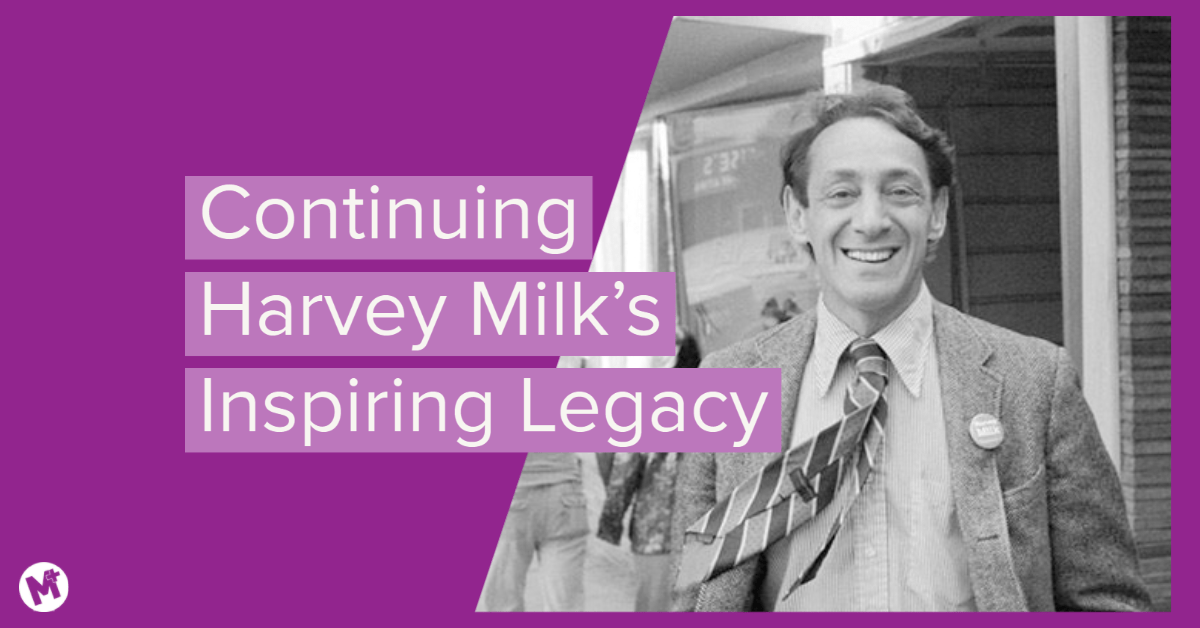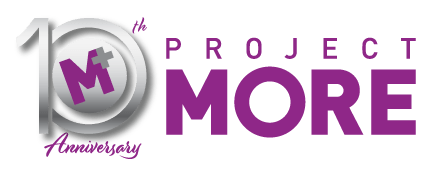
Did you know that in 2014 Harvey Milk became one of roughly 800 American heroes to get his face on a postage stamp? The former San Francisco Supervisor is known as a local icon to the folks in and around San Francisco, but in truth, his legacy is much more widespread.
Harvey Milk was and still is recognized as someone who was unapologetically authentic to himself and the causes he supported. As one of the first openly-gay elected officials in the country, he was a trailblazer for the LGBTQ+ community. Throughout his time in public service, he worked tirelessly to fight for anti-discrimination laws for the LGBTQ+ community. As more women surged into the workforce, he established day care centers for working parents. He fought for access to low-cost housing, and addressed issues in the tax code that enabled warehouses and factories to stay afloat. His life and work has been lauded by those who know how he dauntlessly fought for the LGBTQ+ community and other marginalized groups.
As a social advocate, Milk’s legacy is a powerful example to those around the globe of what it means to fight for equality and social justice. Internationally, people commemorate his influence with artwork depicting his likeness and centers named in his honor. Paraguayan artist, Oz Montania, painted a mural on the walls of the Paraguayan LGBT Community Center in Asución, Paraguay, and a square in Paris, France bears his name, paying homage to his activism.
In 1982, four years after Harvey Milk’s assassination, Randy Shilts wrote The Mayor of Castro Street, a biography that painted his political undertakings and personal achievements. In 2008, the biographical film Milk, directed by Gus Van Sant, hit the screens and subsequently earned eight Academy Award nominations. Children’s authors too joined in to celebrate all he did to make the nation a more accepting place. Rob Sanders published Pride: The Story of Harvey Milk and the Rainbow Flag in 2018 to teach children about how the LGBTQ+ hero made the United States a better, more equitable place.
One year after his untimely death in 1978, the transit station at the crossing of Market and Castro Streets was unofficially deemed Harvey Milk Plaza to honor the memory of the “Mayor of Castro Street.” Originally, it was meant to serve as a place for people to come and go, but over time, it became a gathering space, especially for the LGBTQ+ community.
The plaza, which grew to become a place of civic importance, has seen a number of changes. Recently, Friends of Harvey Milk Plaza (FHMP), an organization formed in response to the SFMTA evolving accessibility plans, has worked to see the area above and around the Castro Station reimagined in a way that honors Milk’s legacy as a beacon for marginalized communities.
Earlier this year, exactly three months before California’s Harvey Milk Day, FHMP announced they would be working with SWA Group in the planned redesign for the area. The project will be funded through a public-private partnership, and has already been awarded a $1 million state grant. According to the organization and the landscape, architecture, planning, and urban design firm, the redesign will feature upgrades in accessibility, an inclusion of a memorial dedicated to its namesake, and a lighting design that would fit safety, security, and sustainability needs.
The Castro neighborhood site will embody what Milk stood for during his lifetime and provide a more functional space for community gatherings and educational opportunities. As it currently exists, it isn’t super conducive to public gatherings, and doesn’t yet do much to educate the public about the rich history the neighborhood has, but those involved hope the redesign will change that.
Harvey Milk Plaza means so much to the communities impacted by his life. This upcoming remodel will represent how much he still means to those around him and how much his influence changed the environment he created for his city.

